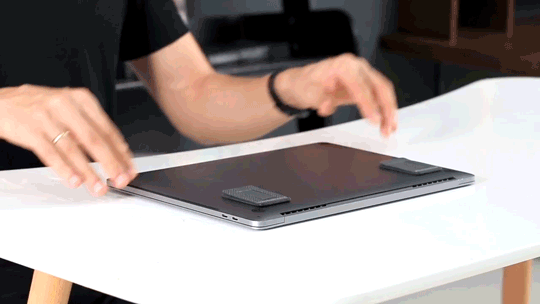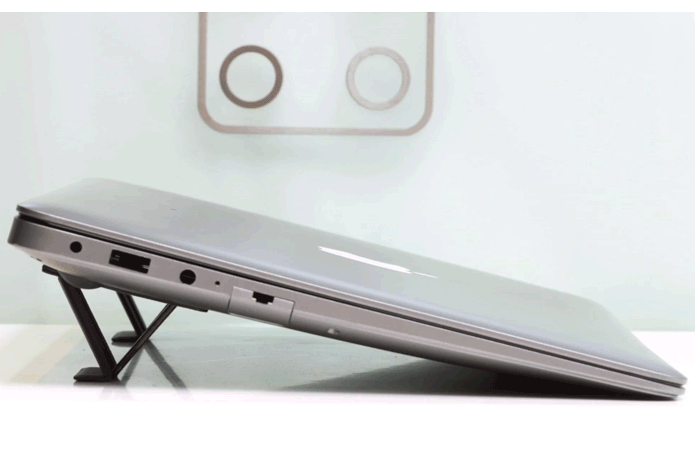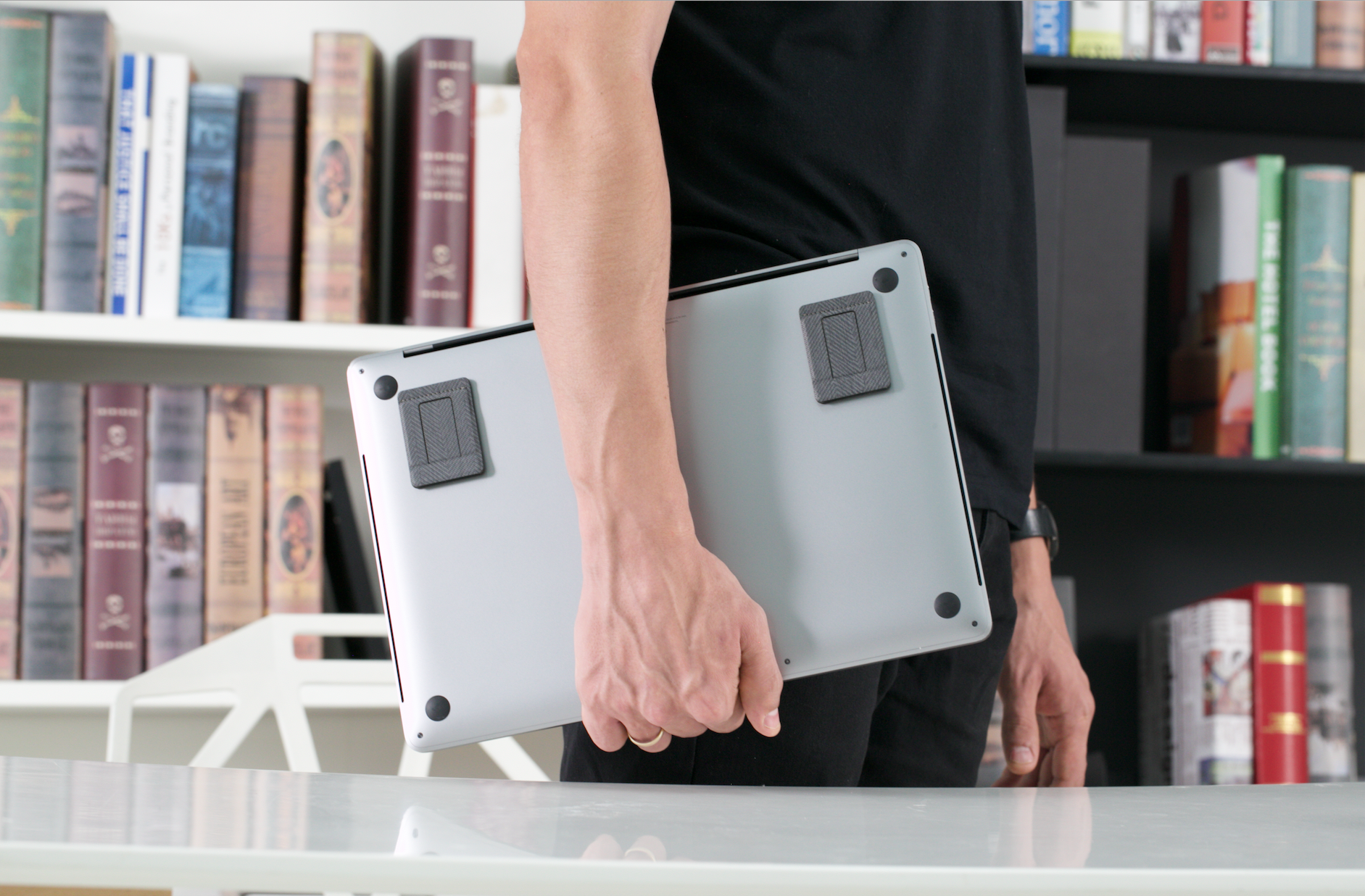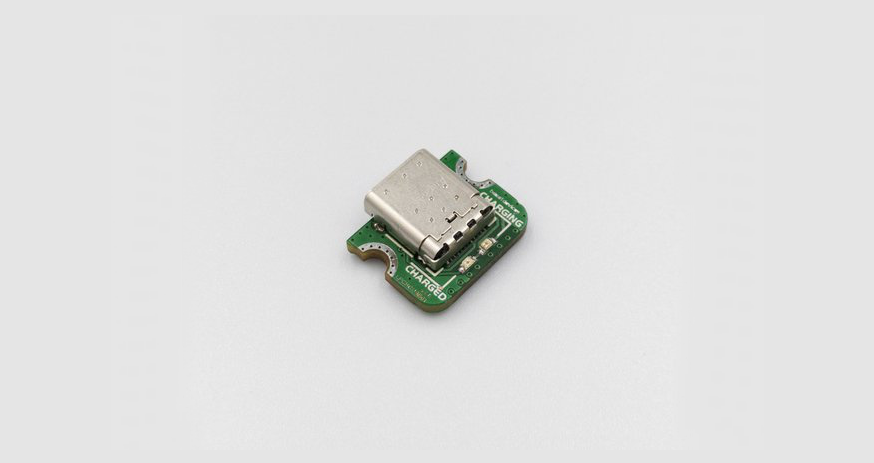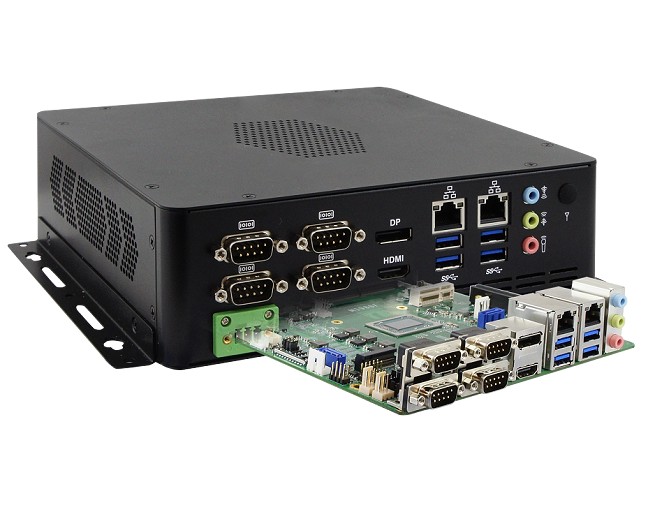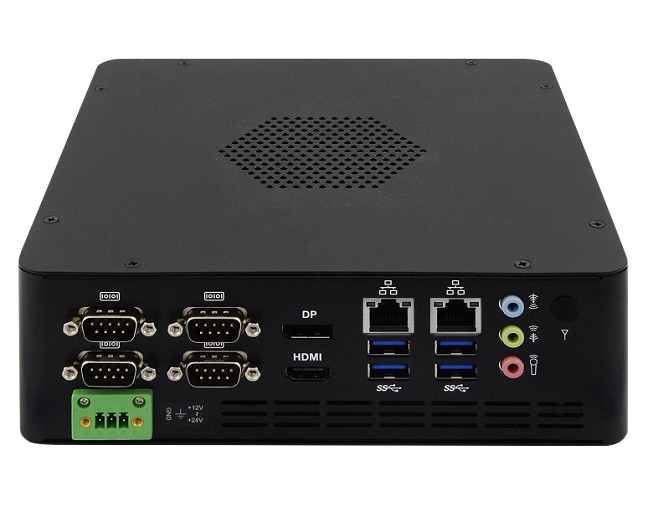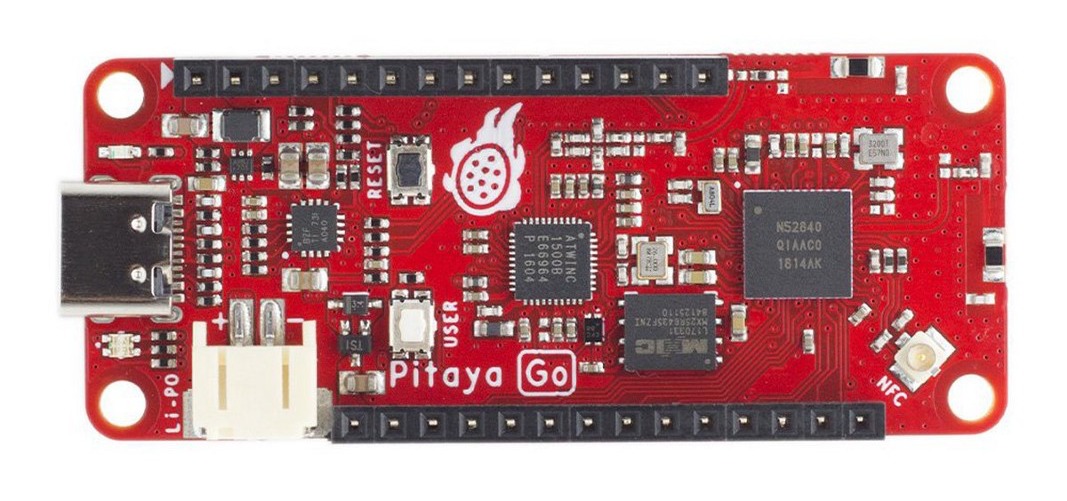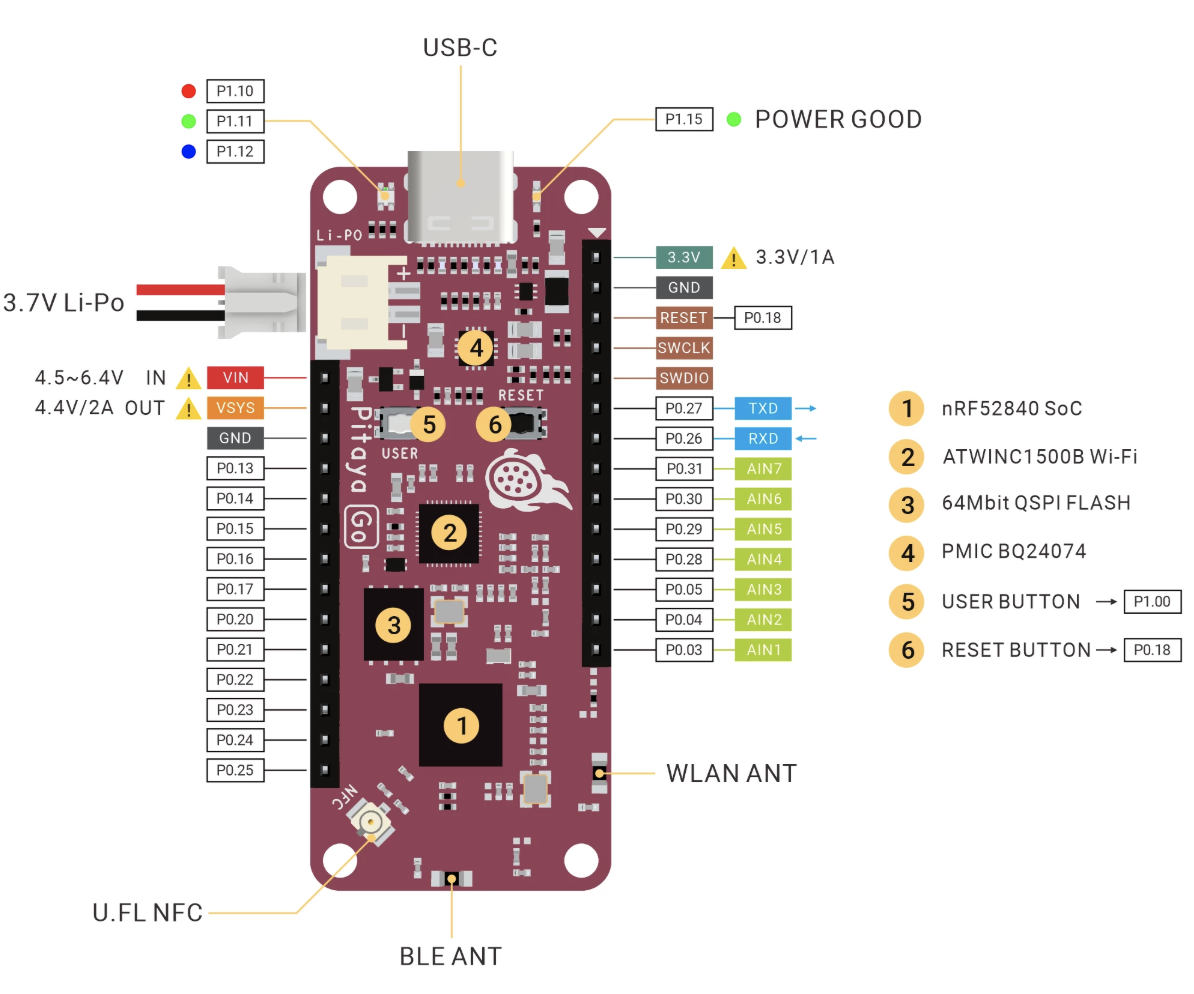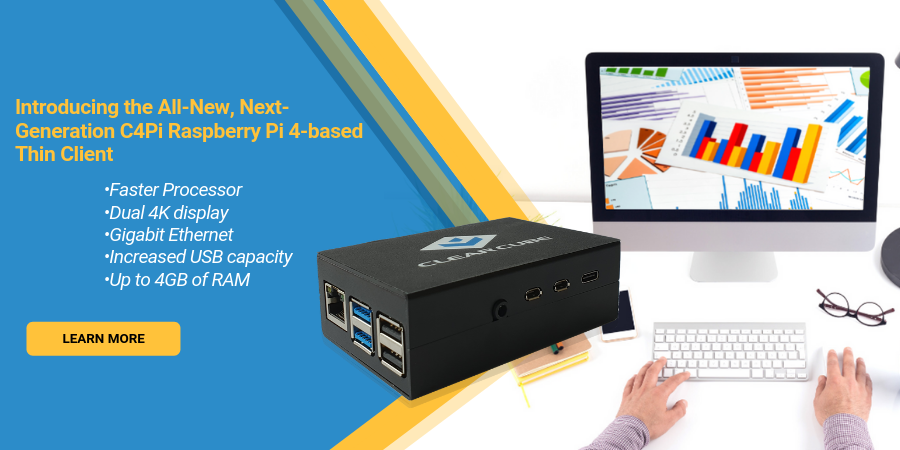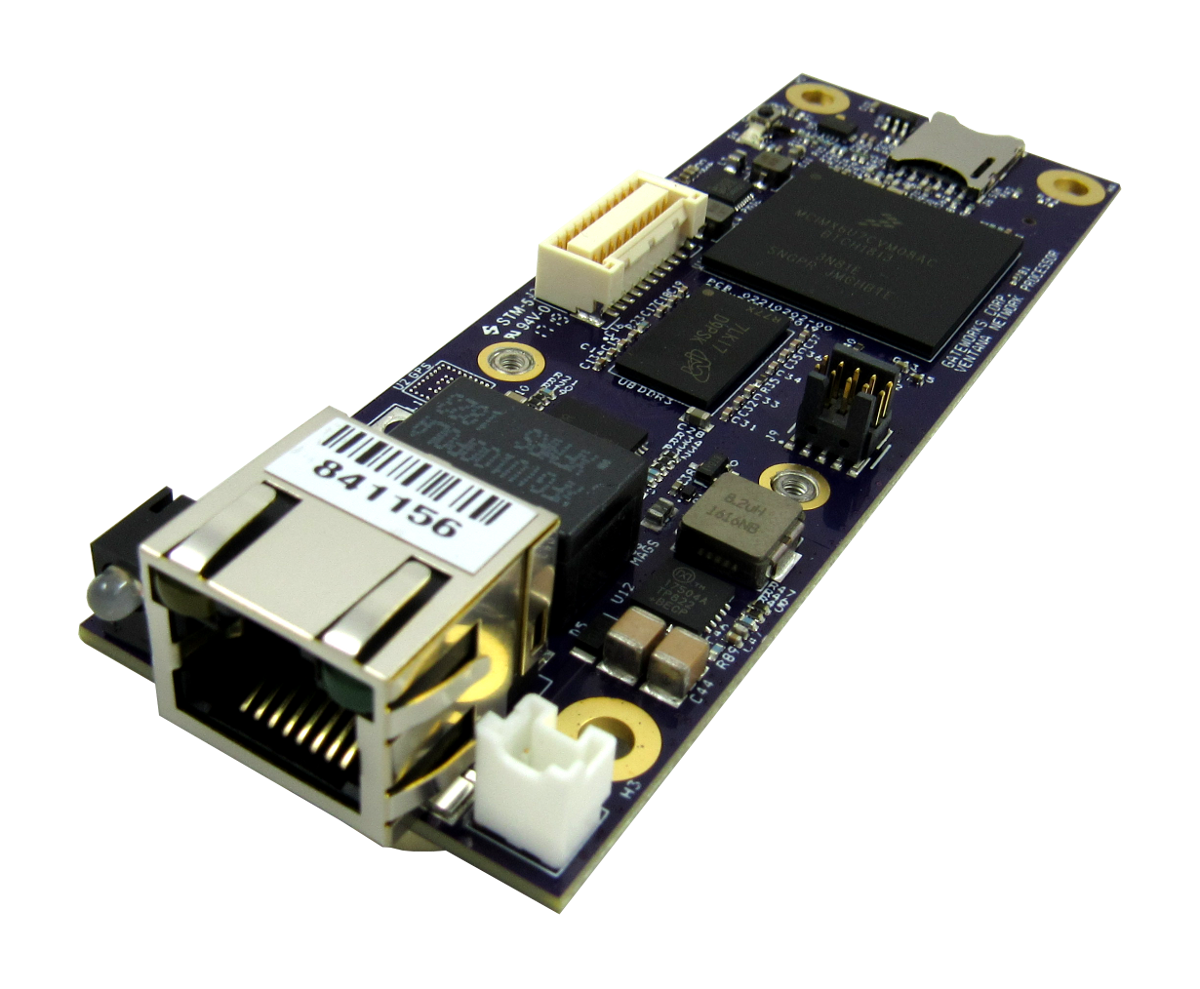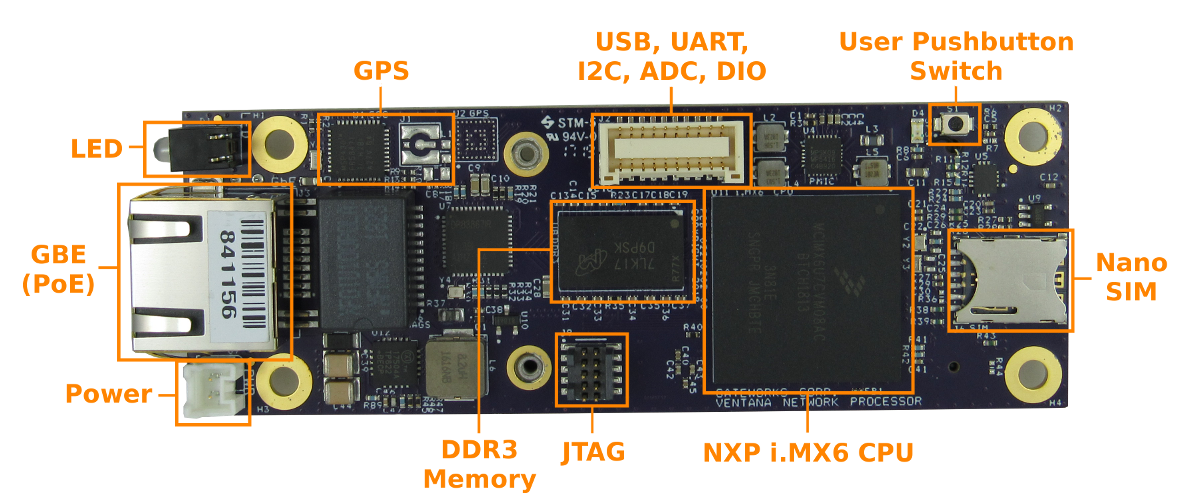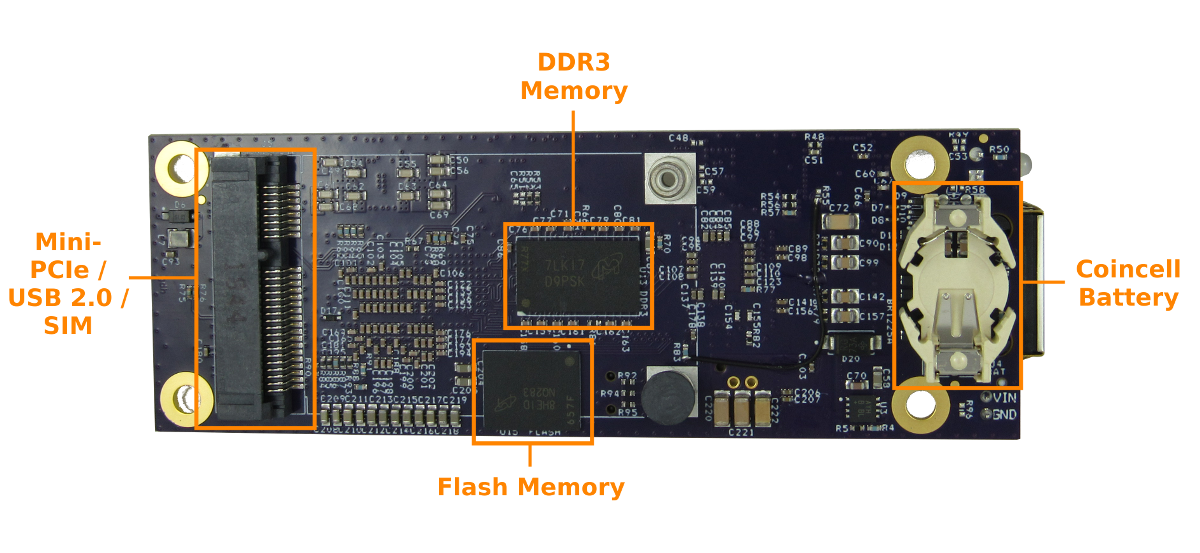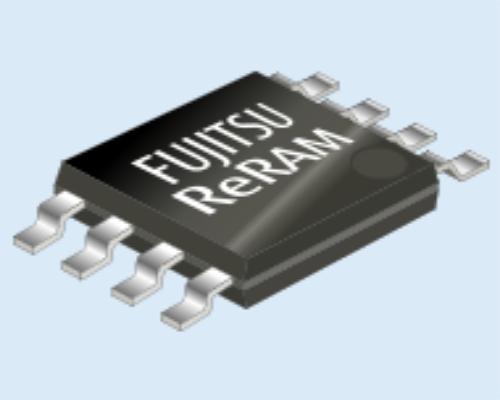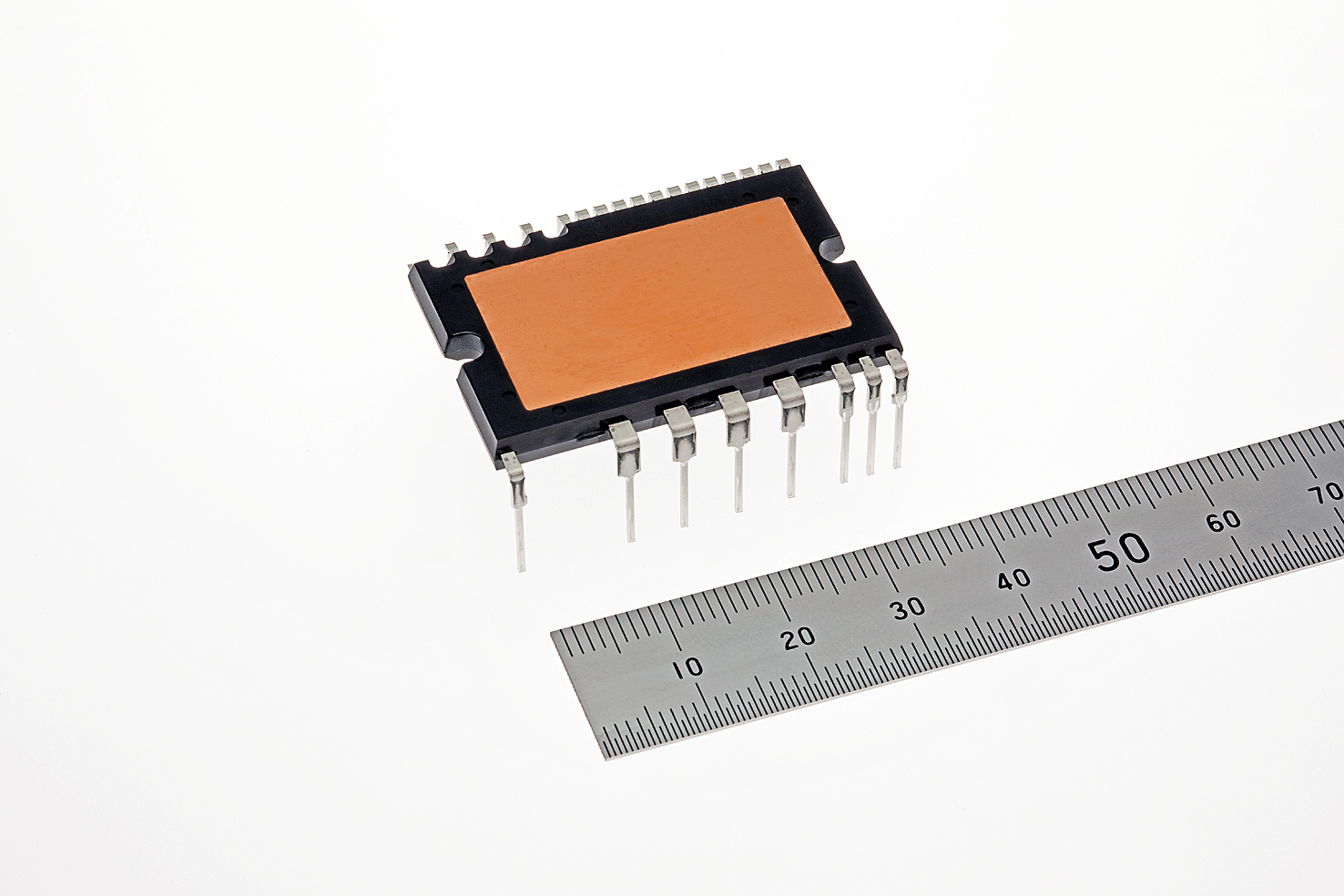Tesmo, a company dedicated to innovation and excellence, announces the launch of its laptop stand; The Tesmo Kickstand in September.
The Kickstand is an ultra-slim, portable and ergonomic laptop stand which can be used with any laptop type can be gently attached to your laptop to instantly transform it into an ergonomic and comfortable workstation wherever you are. Speaking about the ideologies behind it, Mark Lin, Head of Product Design at Tesmo said;
“We all appreciate the freedom of working on a laptop; it’s easy to stay productive whether you’re at your desk. But when it comes to ergonomics, a laptop isn’t the greatest choice since you can’t adjust the height of the keyboard and screen separately. Most of the laptop stands on the market are heavy and bulky, Tesmo is constructed with a clever structural which instantly enhances the comfort of typing. With a lightweight and portable design, it can be used anywhere, anytime.”
The Tesmo Kickstand perfectly demonstrates the design philosophy of slim, compact and efficient with two tiny adhesive pads stay invisible when laid flat to blend in with your laptop. The compact nature of the pads design enables air to flow properly through the air vent of your laptop and its integrable design nature allows you to attach the pads to any corner of the laptop thereby fitting almost all laptop models.
Convenient to carry and adjustable on different surfaces. While the Tesmo Kickstand has a thickness of only 4.5mm and weighs just 17g/0.6 ounces, the unique triangular load-bearing structure of the kickstand allows it to hold up to 17.6lbs in weight. This means the kickstand could also support your slightly heavy laptops.
The Tesmo Kickstand uses a special, strong removable glue which lets it be attached and detached from your computer with ease and without leaving a scratch on the computer. The adhesive ensures the kickstand can be used multiple times with the adhesive remaining as strong as always. Whether in the office, at home, or in a café, Tesmo Kickstand will always provide you with the convenience of a portable laptop stand plus ergonomic comfort and its seamless integration with your laptop will ensure you are never troubled by forgetting to take a laptop stand when going out.
The highlight features of the Tesmo Kickstand includes;
- lightweight & easy to use, no need to carry it alone, ideal for a mobile office
- One size fits all: Applicable to almost all laptops on the market, comes with unique design won’t block the vent of your laptop
- Strong Adhesive: Attach and detach without leaving a single mark
- Move freely and enjoy ergonomic comfort anywhere
The Tesmo kickstand is currently only available in grey and will land on Kickstarter in September. During crowdfunding, users can get it for US$15 (MSRP US$29). Customers can also pre-order with their email address on Tesmo’s website with delivery expected to be in October.
Update 13/09/2019: The campaign is live on Kickstarter and has 27 days to go with pledges starting at $15.



